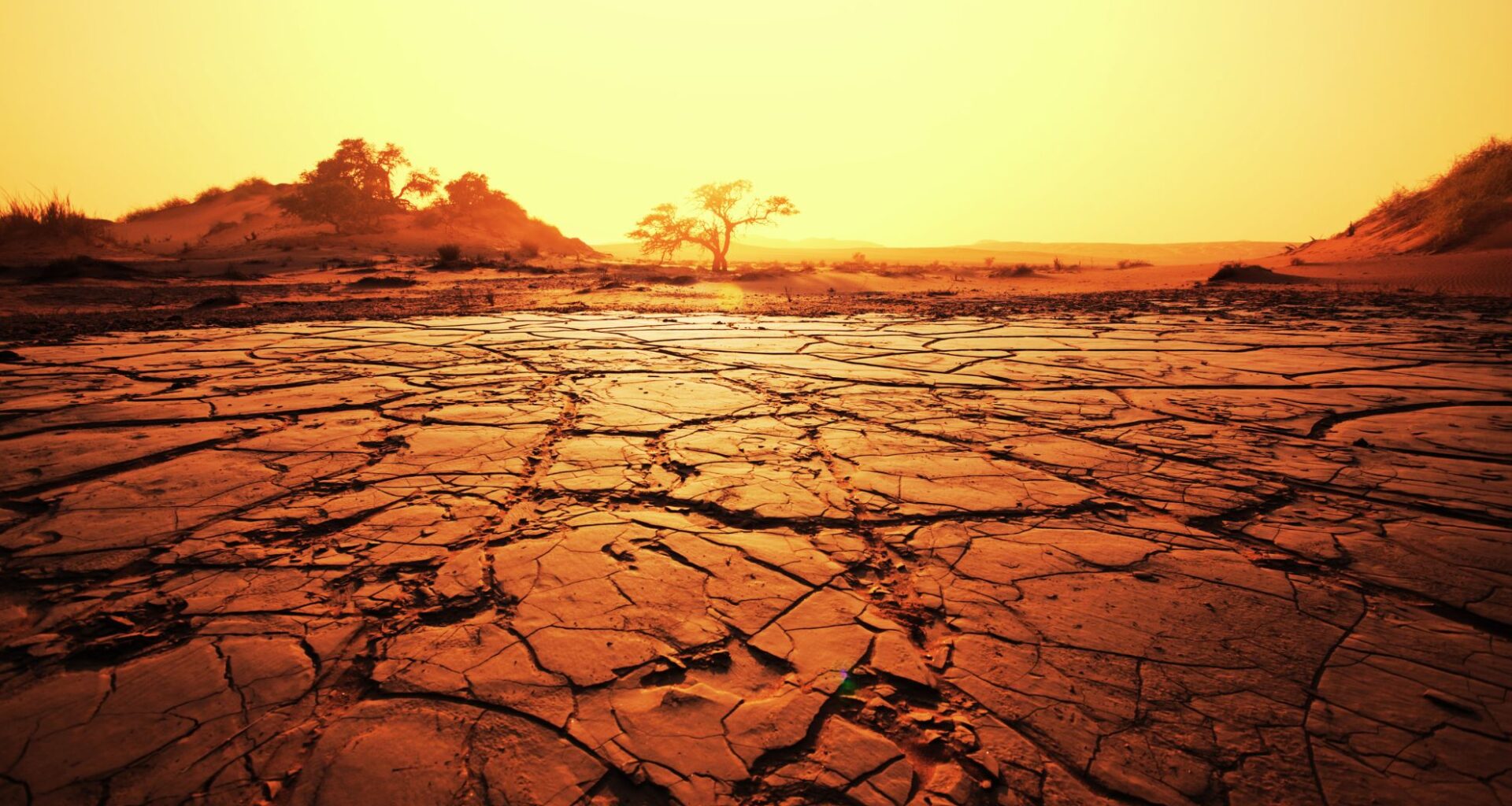A recent study published in Science Advances by Earth system scientist Hrishikesh Chandanpurkar and his team from FLAME University, India, provides a stark warning about the accelerating rate at which Earth’s continents are drying out. The research used over two decades of satellite data to track changes in terrestrial water storage, revealing alarming shifts that contribute to rising sea levels. The study underscores the growing global crisis of freshwater depletion, which is now advancing at a pace and scale that was previously unforeseen. This phenomenon, if left unchecked, threatens the delicate balance of the Earth’s water cycle, with dire consequences for ecosystems, agriculture, and human populations worldwide. The study warns that urgent action is needed to mitigate the risks posed by this unprecedented drying trend.
The Unprecedented Drying of the Continents
The research team’s analysis points to a dramatic and accelerating trend of drying across the Earth’s continents, excluding Greenland and Antarctica. “We find that the continents (all land excluding Greenland and Antarctica) have undergone unprecedented rates of drying and that the continental areas experiencing drying are increasing by about twice the size of the state of California each year,” the authors write. This highlights the scale of the problem, with vast swaths of land losing moisture at a rate that has never been observed before. The study paints a picture of a planet where the terrestrial environment is undergoing a drastic transformation, contributing to a global water scarcity that affects not only the availability of fresh water but also the stability of ecosystems and agriculture.
This rapid drying is not just a regional issue but a global one, with diverse climates and regions all experiencing a similar trend. Areas that were once considered reliably wet are now facing extended droughts, while traditionally dry regions are facing even harsher conditions. This growing shift is indicative of broader changes in the Earth’s climate, driven by human-induced global warming. As temperatures rise, the water cycle is becoming more unpredictable, with certain regions becoming arid faster than others can become wetter, as outlined in the study’s findings.
 Terrestrial water storage trends (February 2003 to April 2024) averaged for every country. (Chandanpurkar et al., Sci. Adv., 2025)
Terrestrial water storage trends (February 2003 to April 2024) averaged for every country. (Chandanpurkar et al., Sci. Adv., 2025)
The Impact of Climate Change on Water Availability
The effects of climate change are clearly seen in the disproportionate drying of arid regions compared to the wetting of previously moist areas. “Dry areas are drying at a faster rate than wet areas are wetting,” the team writes. “At the same time, the area experiencing drying has increased, while the area experiencing wetting has decreased.” These shifting patterns signify that the Earth’s water distribution is becoming increasingly skewed, with more and more regions losing their ability to retain moisture. The consequences are multifaceted, from reduced crop yields to shrinking lakes and rivers, and to the worsening of water scarcity in already stressed regions.
This uneven shift is contributing to an escalating crisis where water scarcity is becoming more widespread. As dry regions become drier, the amount of freshwater available for consumption and agricultural use diminishes. Conversely, wet areas that could have been sources of replenishment are not receiving enough rainfall to offset the increasing evaporation caused by higher temperatures. This combination of factors spells trouble for both human and ecological survival, making the need for comprehensive water management strategies more urgent than ever.
Groundwater Depletion: A Major Contributor to Water Loss
Another critical aspect of the study is the significant role that human activities, specifically overpumping of groundwater, play in exacerbating the drying of continents. The authors highlight that “at present, overpumping groundwater is the largest contributor to rates of terrestrial water storage decline in drying regions, significantly amplifying the impacts of increasing temperature, aridification, and extreme drought events.” Groundwater, which is traditionally a reliable source of fresh water, is being drained at unsustainable rates, particularly in agricultural regions that rely on irrigation to feed the growing global population.
The depletion of groundwater is not just a localized issue. Regions like California’s Central Valley, which is responsible for producing a large portion of the world’s food, are facing massive groundwater deficits. As aquifers run dry, the ability to maintain agricultural productivity diminishes, leading to higher food prices and increased scarcity. This problem is compounded by the reality that groundwater is being drained faster than it can naturally replenish, making it a finite resource that requires careful management.
